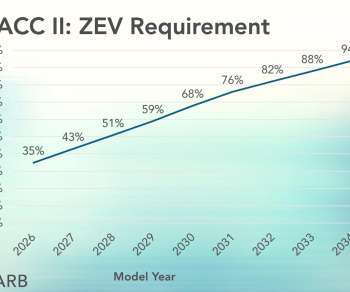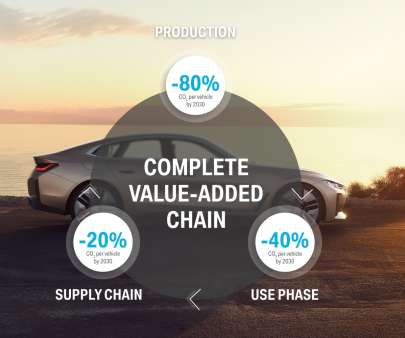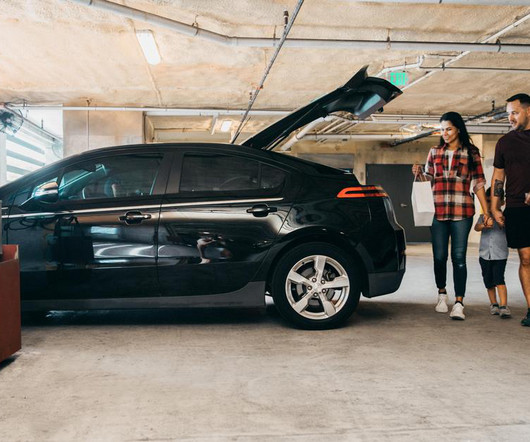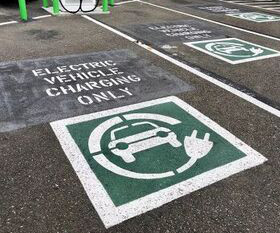California ARB approves ACC II rule; 100% of LDVs to be PHEVS, ZEV by 2035; LEV IV emissions requirements
Green Car Congress
AUGUST 26, 2022
The rule establishes a year-by-year roadmap so that by 2035 100% of new cars and light trucks sold in California will be zero-emission vehicles (ZEVs) and plug-in hybrid electric vehicles (PHEVs). It does not impact existing vehicles on the road today, which will still be legal to own and drive.















Let's personalize your content